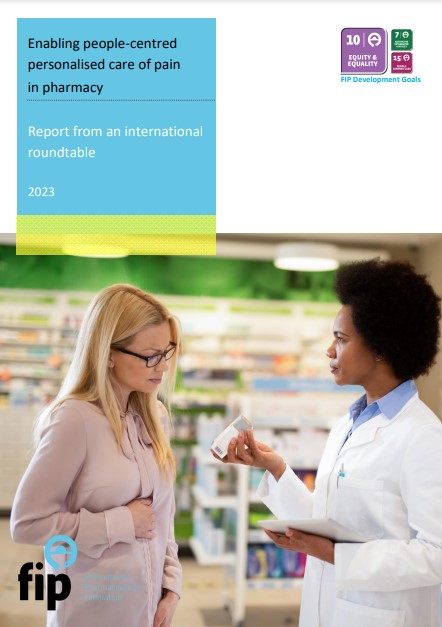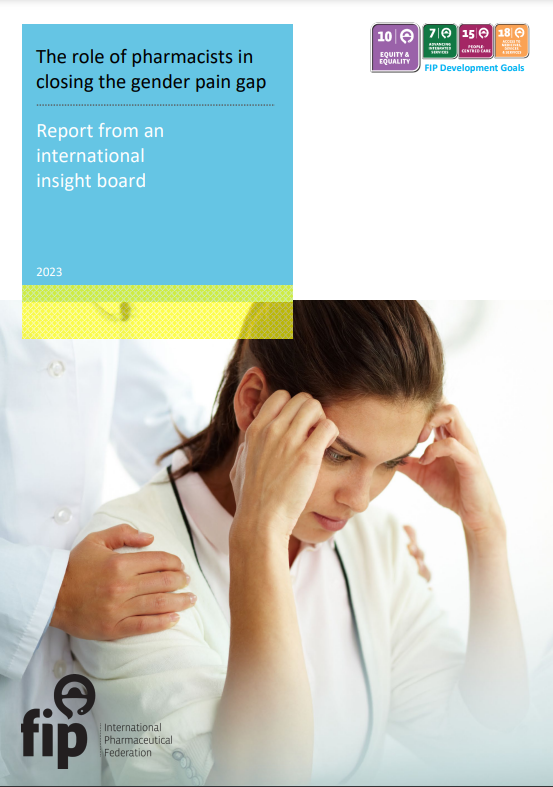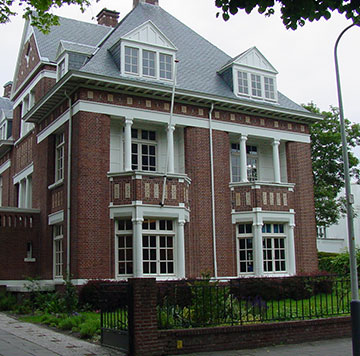You may find below the FIP publications focusing on pain.

Publications on pain

Managing musculoskeletal pain in the community pharmacy: Report from an international insight board. (2024)
FIP convened an international advisory insight board with front-line community pharmacists, policy experts and researchers to develop a comprehensive understanding and share insights on the role of pharmacists globally in managing musculoskeletal pain in the community pharmacy. This report provides a summary of the insight board discussion as well as some specific key insights that were shared.

Enabling people-centred personalised care on pain in pharmacy: Report from an international roundtable (2023)
Delivering people-centred care is at the heart of pharmacy practice. FIP Development Goal 15 (People-centred care) emphasises the need to be able to deliver pharmaceutical care services for the prevention, screening, clinical management and therapeutic optimisation of non-communicable diseases (NCDs) and long-term conditions (LTCs). Pain management, in particular, is a critical area where pharmacists play a significant role, as highlighted in the FIP 2022 report entitled “Empowering self-care: A handbook for pharmacists”. However, despite the high incidence of pain, patients are often hesitant to discuss it. It is necessary to comprehend the reasons behind this reluctance and establish comprehensive communication between pharmacists and patients, leading to personalised pain management and improved clinical outcomes and self-care.

The role of pharmacists in closing the gender pain gap: Report from an international insight board
This report outlines the insights, potential lessons learned and ideas for ways forward for the pharmacy profession regarding the gender pain gap. The issues were discussed at the FIP insight board on the gender pain gap organised at the FIP Congress 2022 in Seville, Spain. The insight board collected views from experts on the following topics:
• Pharmacists’ awareness of gender inequalities in pain research;
• Pharmacists’ awareness of gender gaps in treatment offers for pain management;
• Pharmacists and unconscious bias towards women in pain management;
• Knowledge, attitudes and practices that pharmacists have to close the gender pain gap; and
• How pharmacists can be supported with, for example, training, tools to address gender inequalities in pain management, closing the gender pain gap and achieving behavioural change towards women. The participants considered various issues and questions during the meeting:
• Identifying pain symptoms and the influence of gender in pain management;
• Pharmacists’ knowledge and training status on unconscious bias towards women in pain management;
• Knowledge, attitudes and practices that pharmacists have and can develop further to close the gender pain gap; and
• How to support pharmacists to address gender inequalities in acute pain management, close the gender pain gap and change approaches towards pain in women.
The literature was evaluated beforehand and key available research findings were extrapolated. Then, discussions were focused on the areas above, recorded and reported in this document. Insights from the participants and any quotes published in this report remain anonymous and non-attributable.
